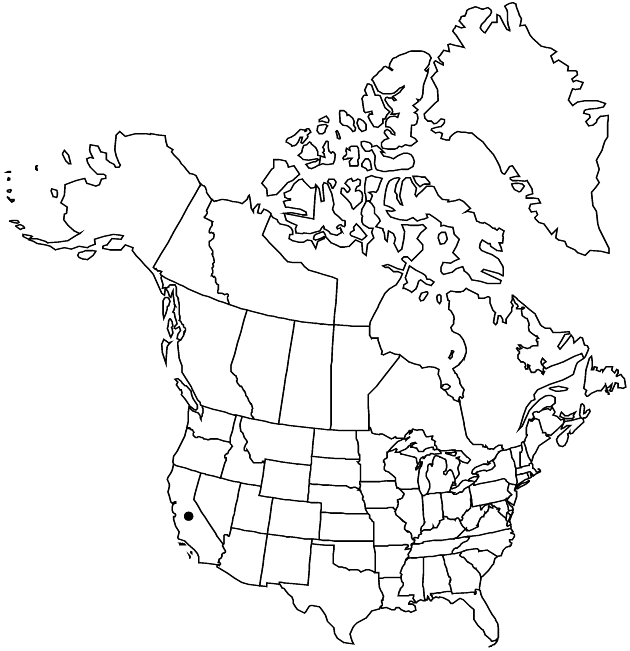Difference between revisions of "Eriophyllum jepsonii"
Pittonia 2: 165. 1891.
FNA>Volume Importer |
imported>Volume Importer |
||
| (2 intermediate revisions by 2 users not shown) | |||
| Line 8: | Line 8: | ||
}} | }} | ||
|common_names=Jepson’s woolly sunflower | |common_names=Jepson’s woolly sunflower | ||
| + | |special_status={{Treatment/ID/Special_status | ||
| + | |code=E | ||
| + | |label=Endemic | ||
| + | }}{{Treatment/ID/Special_status | ||
| + | |code=C | ||
| + | |label=Conservation concern | ||
| + | }} | ||
|basionyms= | |basionyms= | ||
|synonyms= | |synonyms= | ||
| Line 47: | Line 54: | ||
|publication title=Pittonia | |publication title=Pittonia | ||
|publication year=1891 | |publication year=1891 | ||
| − | |special status= | + | |special status=Endemic;Conservation concern |
| − | |source xml=https:// | + | |source xml=https://bitbucket.org/aafc-mbb/fna-data-curation/src/2e0870ddd59836b60bcf96646a41e87ea5a5943a/coarse_grained_fna_xml/V19-20-21/V21_910.xml |
|tribe=Asteraceae tribe Heliantheae | |tribe=Asteraceae tribe Heliantheae | ||
|subtribe=Asteraceae (tribe Heliantheae) subtribe Baeriinae | |subtribe=Asteraceae (tribe Heliantheae) subtribe Baeriinae | ||
Latest revision as of 20:15, 5 November 2020
Shrubs, 50–80 cm. Stems erect (densely white-woolly). Leaves (proximal alternate): blades ovate, 3–6 cm, 1-pinnatately lobed (lobes 5–7, linear), ultimate margins entire, revolute, abaxial faces woolly, adaxial glabrate (distal leaves gradually reduced in size and lobing). Heads 2–4 per array. Peduncles mostly 5–10(–14) cm. Involucres broadly campanulate, 5–7 mm diam. Phyllaries 6–8, distinct (ovate, carinate, apices acute). Ray florets 6–8; laminae yellow, 6–10 (× 4–5) mm. Disc florets 35–50; corollas 3–5 mm. Cypselae 2–3 mm; pappi of 8 lanceolate to lance-linear, erose scales 1–1.5 mm. 2n = 64.
Phenology: Flowering Mar–May.
Habitat: Dry sites, oak woodlands
Elevation: 200–500 m
Discussion
Of conservation concern.
Eriophyllum jepsonii occurs in Inner Coast Ranges and D. P. Tibor (2001) treated it as uncommon. It combines characteristics of E. lanatum and E. confertiflorum var. confertiflorum. Populations have been found as close as 10 m to either species. L. Constance (1937, p. 106) commented that it might be an “evolutionary link” between them.
Selected References
None.
